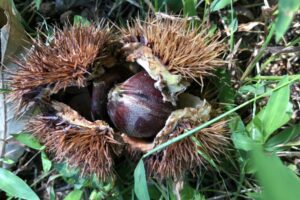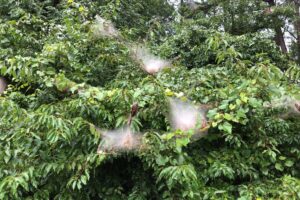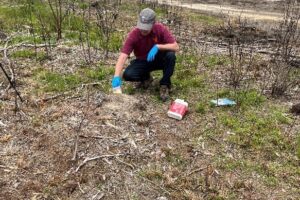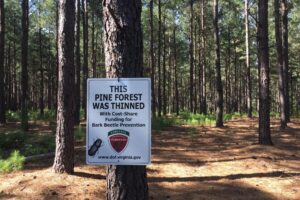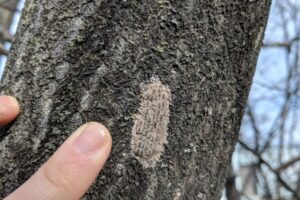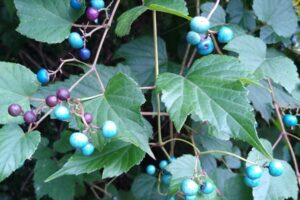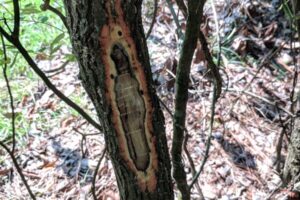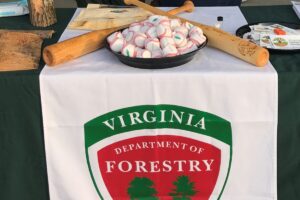Fighting Bugs with Bugs
December 9, 2022 - By Cory Swift-Turner, Communications Specialist Eastern hemlock (Tsuga canadensis) is a coniferous tree that favors the cool and humid climate along the Appalachian Mountains. Hemlocks can grow more than 150 feet tall and live for more than 800 years. Their short, dense needles provide excellent habitat for many kinds of wildlife, from warblers to bobcats. Unfortunately, healthy hemlocks are becoming increasingly rare. In the early 1950s, an invasive insect called... Read More


